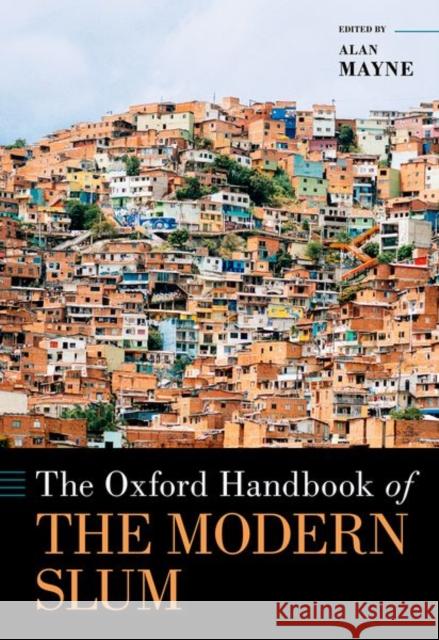The Oxford Handbook of the Modern Slum » książka
The Oxford Handbook of the Modern Slum
ISBN-13: 9780190879457 / Angielski
The modern slum is as prevalent as its stereotypes. Today, a slum is often understood to be a place of extreme poverty in the developing world-a place disordered, lacking the basic amenities of life, traumatized by violence, and perpetuated by dysfunctional families and disaffected extremists. Yet the word "slum" was not coined in the twenty-first century's developing world or its recent past. The word emerged in early nineteenth-century London, and its use expanded as modernization created what is now the developed world and its client territories. The Oxford Handbook of the Modern Slum explores the history of the modern slum, connecting nineteenth-century iterations through multiple pathways to its contemporary existence. With chapters by more than twenty scholars, this Handbook brings an array of important and original perspectives and methodologies to bear on slums, real and imagined. Its analysis ranges across Europe, North America, Latin America, South Asia, Southeast Asia, Australia, and sub-Saharan Africa. The Handbook probes the impact of gender and race on urban social disadvantage and traces the development of private and state-sponsored intervention-as well as tourist interest-in urban poverty. It suggests that characterizations of slumland disequilibrium, dysfunctionality, and unsustainability should be offset by evidence of make-do enterprise, strategic determination, resilience, homeliness, and neighborliness. Drawing upon anthropology, archaeology, architecture, geography, history, politics, sociology and urban planning, the Handbook delves into households and communities whose existence has been hidden by stereotypes.











